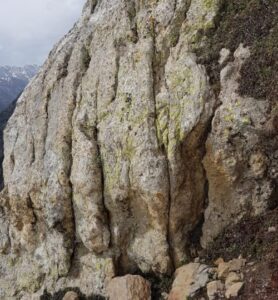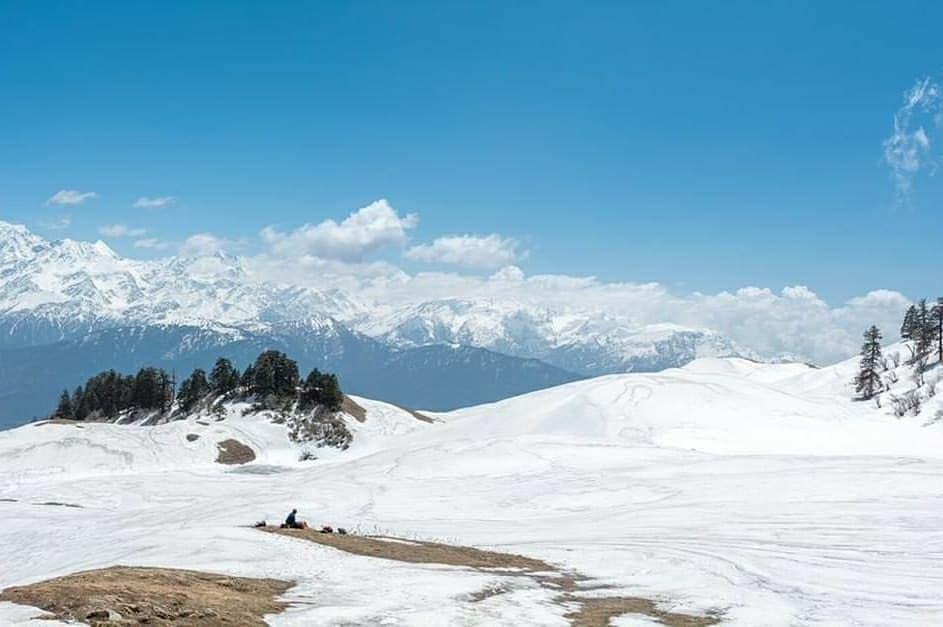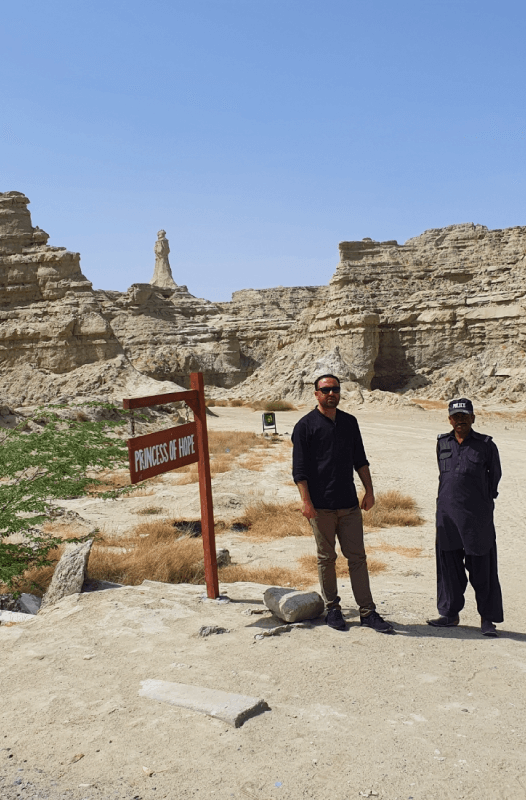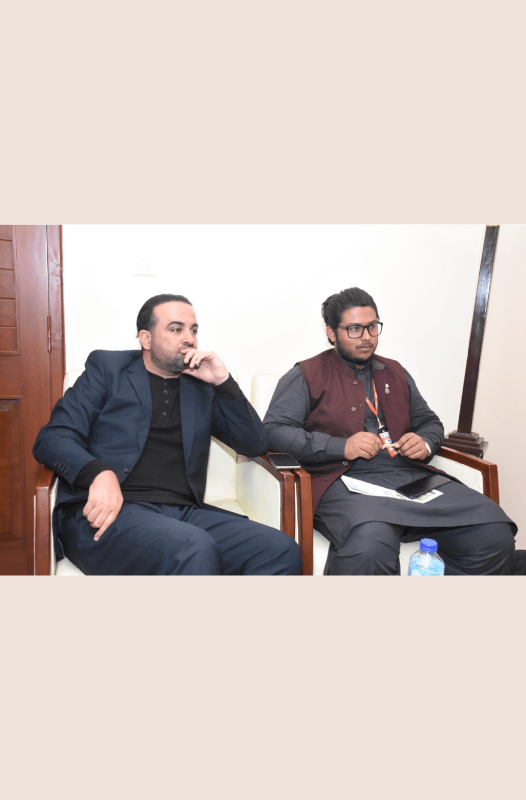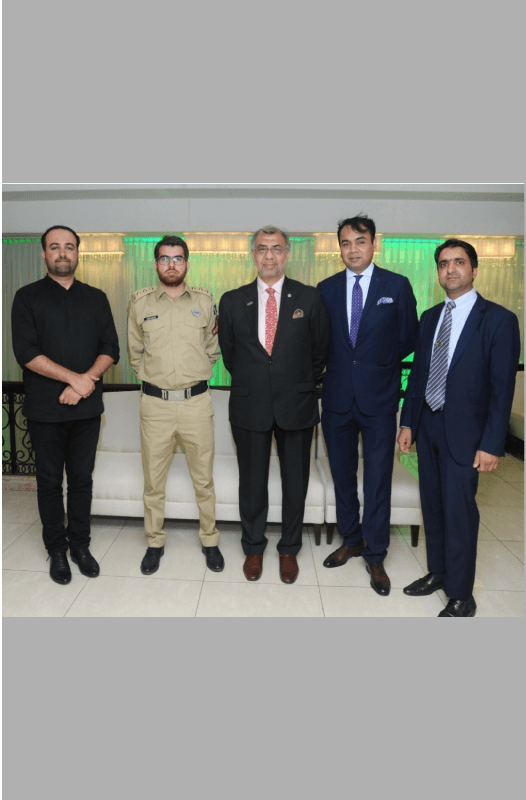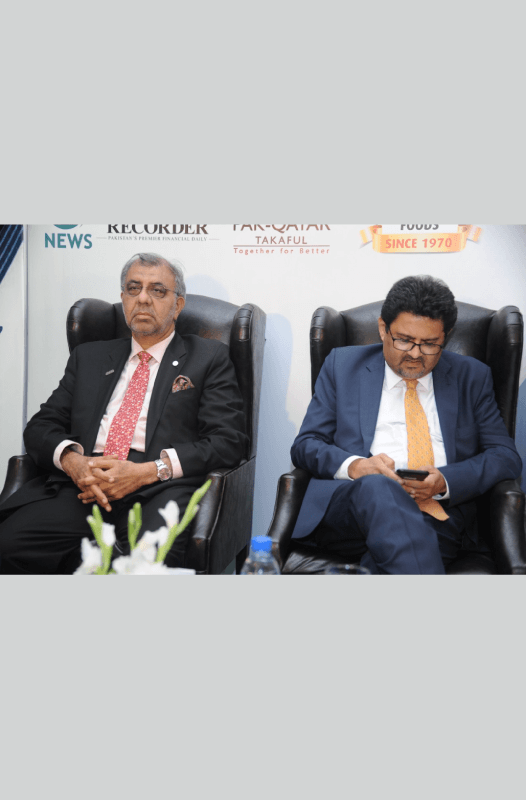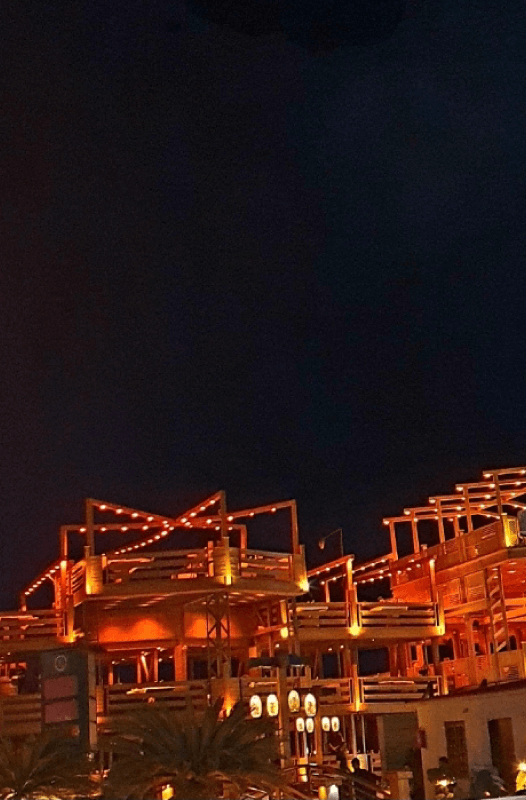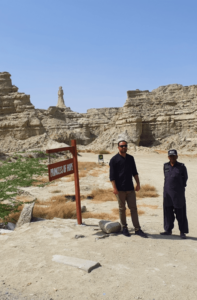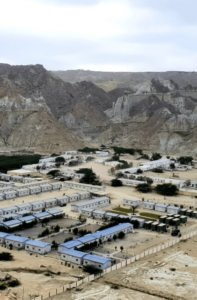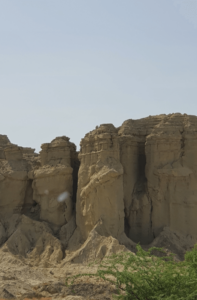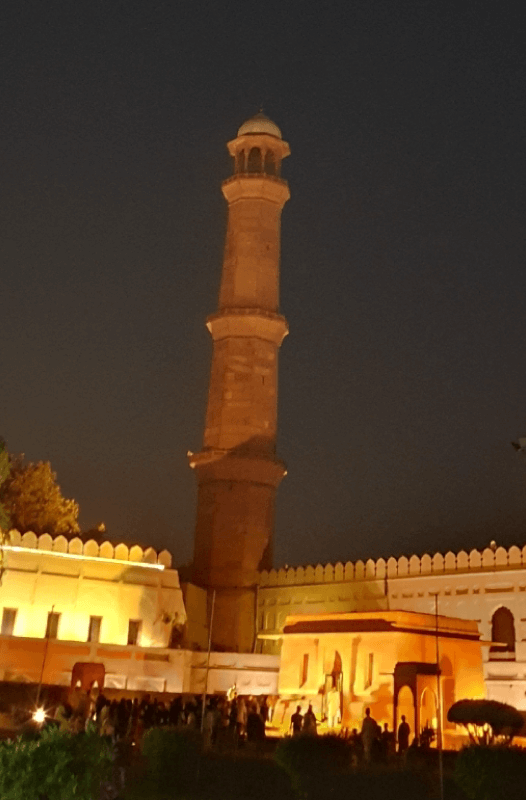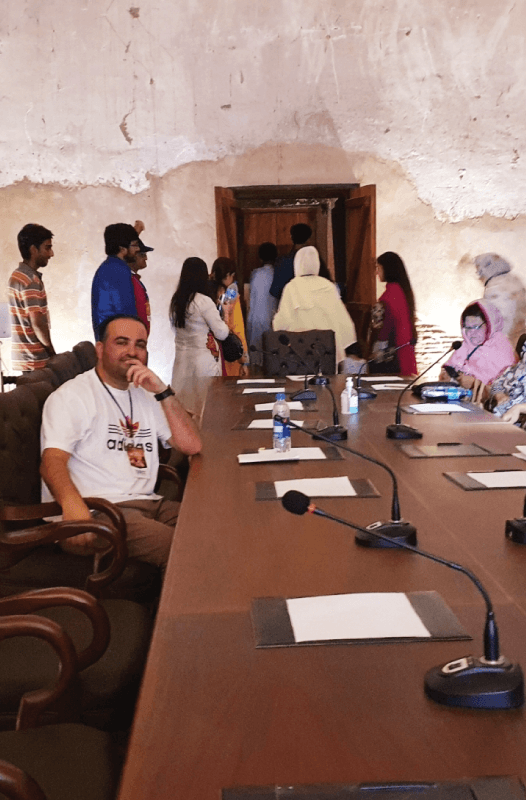
Since 2017, when samples of Potassium Feldspar and large Mica sheets were found along riverside in the Himalayas, the exploration started to spot the richest and feasible concentration of deposits. Granitic Genesis was explored through surveys and making five different teams. Three years consecutive expeditions were sent to the area. Eventually, during the last months of 2020, a major concentration of pegmatites abducted from the surface was found along the right side of the river near Jabba village.
Due to the lack of access roads, our teams have inspected and analyzed the deposits after making consecutive walking expeditions over an area of 56.46 sq. km (40459.59 Acres). Five teams have been involved in rigorous sampling, drilling, and carriage for the last three years. They camped separately at both sides of the river starting from Batakundi to Basal. The exploratory team included 43 members including drill-machine operators, cooks, drivers, laborers, and two guards.
Potash feldspar is a nonmetallic mineral having 2.6 specific gravity and 6 hardness. It comes in different colors; flesh-colored, pink, white, green, or gray. It belongs to the family of aluminosilicates with the chemical formula KAlSi3O8. Mica is a hydrated phyllosilicate mineral of aluminum and potassium with formula KAl2(AlSi3O10) (F, OH)2, or (KF)2(Al2O3)3(SiO2)6(H2O). demand.
Commercial Applications:
Feldspars are aluminosilicates of sodium, potassium, calcium, and barium. This affects the properties of the feldspar, in that the soda tends to lower the fusion temperature and the potash increases the viscosity of the molten glass. The chief commercial sources are found in pegmatite dikes associated with other pegmatite minerals such as quartz and mica. Although pegmatite deposits are widely distributed geographically, potassium feldspar sufficiently free from impurities and occurring in large mineable quantities are not commonly found.
The commercial value of Potassium feldspar is in its importance in the ceramic industries for the manufacturing of glass, whiteware, and porcelain enamel products. Potash Feldspar is used as a flux to form a glassy phase in bodies, thus promoting vitrification and translucency. They also serve as a source of alkalis and alumina in glazes. Potassium feldspars (KAlSi3O8) enable the broadest firing range and the best stability of the body against deformation during firing. It is used in a variety of applications, including ceramics, glassmaking, optics, aluminum recycling, explosives (in products such as fireworks and matches), fertilizers, and pharmaceuticals.
Mica is widely used in electronic industries. It has a highly perfect basal cleavage yielding remarkably thin laminae (sheets) which are often highly elastic. Sheet muscovite is an excellent insulator, and that makes it suitable for manufacturing specialized parts for electrical equipment. Scrap, flake, and ground muscovite is used as fillers and extenders in a variety of paints, surface treatments, and manufactured products. The pearlescent luster of muscovite makes it an important ingredient that adds “glitter” to paints, ceramic glazes, and cosmetics. Mica is a highly saleable mineral due to its increasing demand. The proposed deposits are closer to the thriving Chinese market. It is also feasible to export the extracted Mica to Europe, Japan, and Korea.
Geological Analysis of the Area:
The Deposits are in the higher Himalayan stratigraphic and tectonic zone. The whole area of upper Kaghan valley can be regarded as the Higher Himalaya Crystalline, being emplaced between the Main Central Thrust and the Indus Suture. The area along the right side and left side of river Kunhar between Burwae and Jalkhad mainly consist of granitic genesis with rare pegmatites exposed at some areas. Leased areas cover some of those pegmatites containing muscovite and k-feldspar.
The geological map published by Chaudhry, M.N., Ghazanfar, M. & Qayyum, M., 1986. Metamorphism at the Indo-Pak Plate Margin, Kaghan Valley, Distt. Mansehra, Pakistan. Geol. Bull. Univ. Punjab 21, 62-86, shows the extent of granitoid basement consisting of gneisses and granite-gneisses along upper Kaghan valley. Pegmatitic bodies containing muscovite and k-feldspar are located in this zone which is covered in leased areas.
Exploration and Technical Team:
The technical team members are:
- Mr. Syed Abdul Manan (Chief Geologist, COMSATS Abbottabad)
- Mr. Hammad khan (Exploration Geologist)
- Mr. Tauseef shah (Local Survey Expert)
- Mr. Syed Noor Hussain (Road Survey and Quarry Expert)
- Mr. Taufeeq (Field Director)
- Mr. Waqar Khan (Environment expert)
Mineralization:
The team concludes that during the formation of the Himalaya granitic body which contained simple pegmatites went through metamorphism and granite is converted into genesis along with pegmatites containing muscovite and k-feldspar. Pegmatites are simple types of pegmatites containing only muscovite and k-feldspar. No minerals like beryl or biotite were found which are usually found in complex pegmatites.
Lithology:
The main rock of the leased area is granitic genesis which is highly metamorphosed having fractures and folds. Pegmatites are exposed in the leased area containing k-feldspar. There are more than 70 pegmatitic bodies of different sizes and shapes visited by our teams. Satellite images of some of those pegmatites along with their sizes is attached below. The deposit can be safely termed as “magnanimous”. There is no clearing and rubbing required. The deposit is ready to operate. The mining area has a huge space for labor camps, machine workshops, and warehouses. The deposit needs access roads and camp installations


